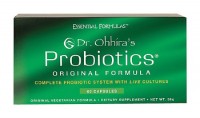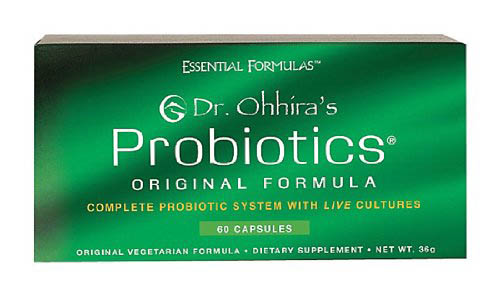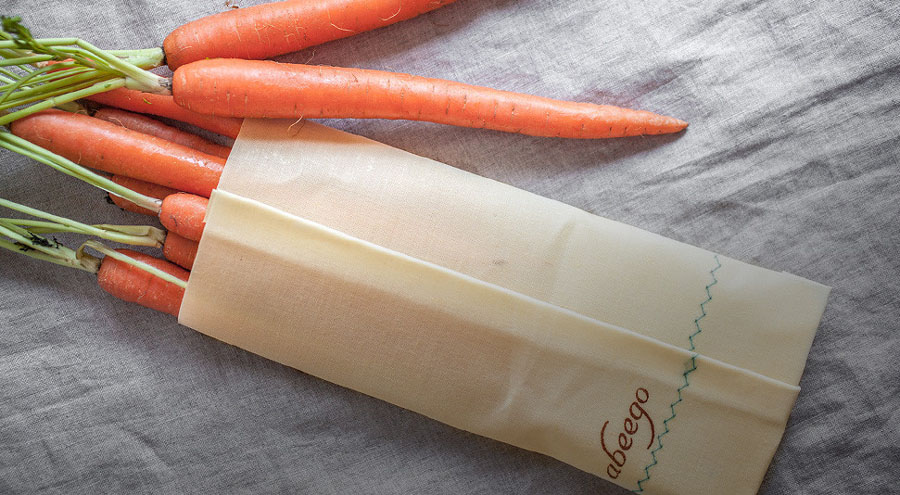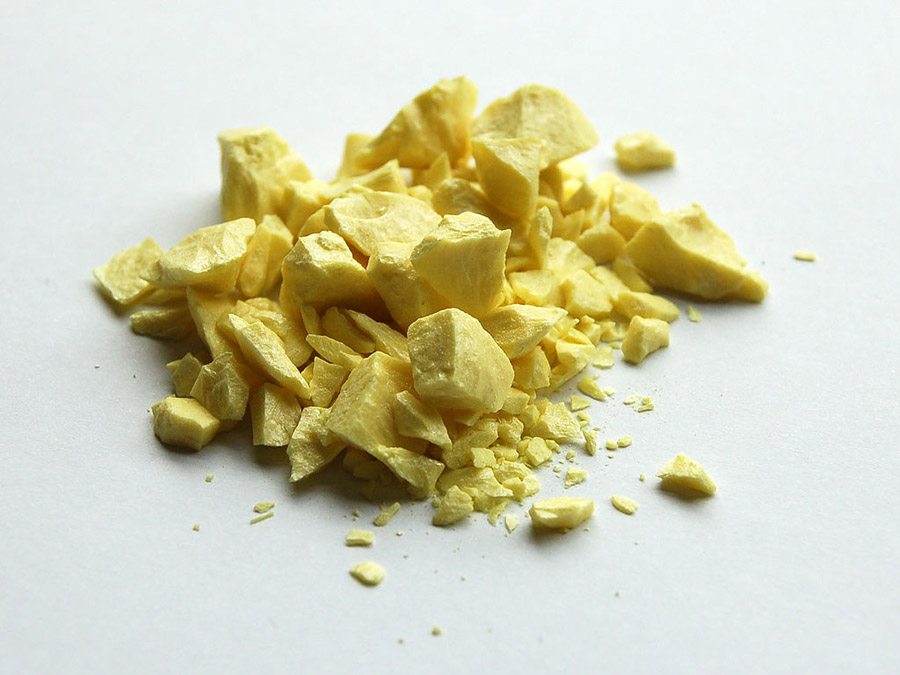The yin and yang of good bacteria
It seems that we cannot turn a corner these days without running into information about good bacteria. These good bacteria, also known as probiotics are getting a lot of press these days and may seem like something newly discovered but actually we have known about them for quite some time. We use the term probiotic when we talk about  microorganisms that we ingest and this concept was first attributed to Eli Metchnikiff. In 1907 he suggested that “the dependence of the intestinal microbes for the food makes it possible to adopt measures to modify the flora in our bodies and to replace the harmful microbes by useful microbes”. He subscribed to his own theory by drinking sour milk every day. He won the Nobel Prize in 1908 for his work on an aspect of the immune system and he authored three books, one of them, The Prolongation of Life: Optimistic Studies, focused on the potential of life enhancing properties of lactic acid bacteria.
microorganisms that we ingest and this concept was first attributed to Eli Metchnikiff. In 1907 he suggested that “the dependence of the intestinal microbes for the food makes it possible to adopt measures to modify the flora in our bodies and to replace the harmful microbes by useful microbes”. He subscribed to his own theory by drinking sour milk every day. He won the Nobel Prize in 1908 for his work on an aspect of the immune system and he authored three books, one of them, The Prolongation of Life: Optimistic Studies, focused on the potential of life enhancing properties of lactic acid bacteria.
For most of us though this ‘good bacteria’ idea is either a new thing or something we have heard of but not given much consideration. After all, how could little microbes do us much good? As it turns out, research is showing that our health, our immune system and even our body weight could hinge on just how much this tiny population within us thrives.
The Good Guys – Beneficial Bacteria
Lactobacillus Acidophilus
This is one of the more common probiotics so you may have heard of it before. It is commonly used in dairy products such as yogurt. It is a species of gram positive bacteria. Lactobacillus gets its name because it is found in milk and is ‘acid loving’, growing easily in low pH environments (acid) and at temperatures around 99 °F (37 °C). This bacteria occurs naturally in human and animal gastrointestinal tracts. When this bacteria breaks down food in our intestines it creates several agents such as lactic acid and hydrogen peroxide which creates an unfriendly environment for bad bacteria.
Lactobacillus Rhamnosus
This probiotic is acid and bile stable which makes it capable of surviving its trip through our stomach and intestines and more likely to colonize our digestive tract. It is used to help treat diarrhea in both children and adults.
Bifidobacterium
This bacteria is found in the digestive tracts of most mammals. We will use it in a variety of foods such as yogurt and it is also found in baby food. There are many different species of bifidobacterium including B. bifidum, B. longum, B. infantis and B. lactis (also known as animalis).
Bacillus Coagulans
This bacteria is similar to Lactobacillus in its physiological and biochemical characteristics. It is used to improve vaginal flora, reduce abdominal pain and bloating in irritable bowel syndrome and increase immune response to viral infections. The spores formed by this bacteria in an acidic environment allow it to germinate and proliferate in the intestinal tract.
Lactococcus Lactis
This bacteria is used in the production of buttermilk and cheese as well as pickled vegetables, beer, brad and other fermented foods such as kefir.
Lactobacillus Reuteri
Known to inhabit the digestive tracts of birds and mammals this probiotic is considered the ‘universal’ gut bacteria. It has been found to inhibit the growth of harmful bacteria as well as yeast, fungi and protazoa.
What the Good Guy Bacteria can Do for You
Good bacteria help us in a number of ways. They help to digest food by breaking down plant starches and other foods our body has trouble digesting. This gives us more energy from the foods we eat. We are dependent on the bacteria in our intestinal tract to make vitamin K as well as other essential vitamins. These bacteria also help break down drugs and toxins and help the repair of intestinal walls.
We naturally acquire good bacteria but we are not always the best of hosts. Use of antibiotics to treat illnesses kill off not just the bad bacteria, but the good guys as well. The effects of a stomach virus can also reduce our intestinal flora from vomiting and diarrhea. Although we will gain good bacteria naturally, we can also enhance our stock through the use of probiotic supplements.
There are quite a few probiotic supplements on the market. They may come in the form of yogurt or fermented foods. These foods have live bacteria, usually lactobacillus, that when ingested make their way into our digestive tract. There are also supplements that supply these bacteria with capsules or liquid. Most probiotic supplements must be refrigerated in order to keep their bacterial colonies alive.
Yogurt
Yogurt will supply lactobacillus and some brands of yogurt also have other strains of bacteria. Be sure to choose one that states it contains live bacterial cultures on its label.
Liquid Supplement
Not everybody likes yogurt and if you would like to get your probiotics a different way, you may like using a liquid supplement like American Health Probiotic Acidophilus. It comes in several flavors and offers 3 strains of lactobacillus. The serving size is just two tablespoons so it will be over before you know it.
Fermented Vegetables
Those who are lactose intolerant may want another way to populate their bacterial cultures. Fermented vegetables have been around forever and they work great. You will want to find these in the refrigerated sections of grocery stores. These will be in the form of pickles, sauerkraut, and kim chi. Make sure the label indicates it has live bacterial cultures.
Capsule Supplement
 You can find many different types of probiotic capsules, but the one I like best is Dr. Ohhira’s Probiotic This probiotic is from Japan and created in a three year fermentation process that encourages survival of the strongest bacteria. It is a blend of 12 probiotic strains and best of all it is stable and does not need refrigeration.
You can find many different types of probiotic capsules, but the one I like best is Dr. Ohhira’s Probiotic This probiotic is from Japan and created in a three year fermentation process that encourages survival of the strongest bacteria. It is a blend of 12 probiotic strains and best of all it is stable and does not need refrigeration.
Prebiotic
Establishing a colony of good bacteria is great, but making sure they can survive and be strong for us is even better. A prebiotic is a substance that we do not digest and absorb but our probiotic guests use for energy. Inulin is one such product and it is also a fiber supplement. It has a sweet taste but does not raise blood sugar, nor does it have any calories. Our intestinal bacteria eat it up though.
 If you would like to learn more about fermenting foods you would do well to consult this book: Cultured Food for Life: How to Make and Serve Delicious Probiotic Foods for Better Health and Wellness. It contains a wealth of knowledge on creating cultured foods of all types.
If you would like to learn more about fermenting foods you would do well to consult this book: Cultured Food for Life: How to Make and Serve Delicious Probiotic Foods for Better Health and Wellness. It contains a wealth of knowledge on creating cultured foods of all types.
With all these choices it is not too difficult a thing for us to support our internal world and enhance our health by encouraging and adding to our own bacteria good guys.





